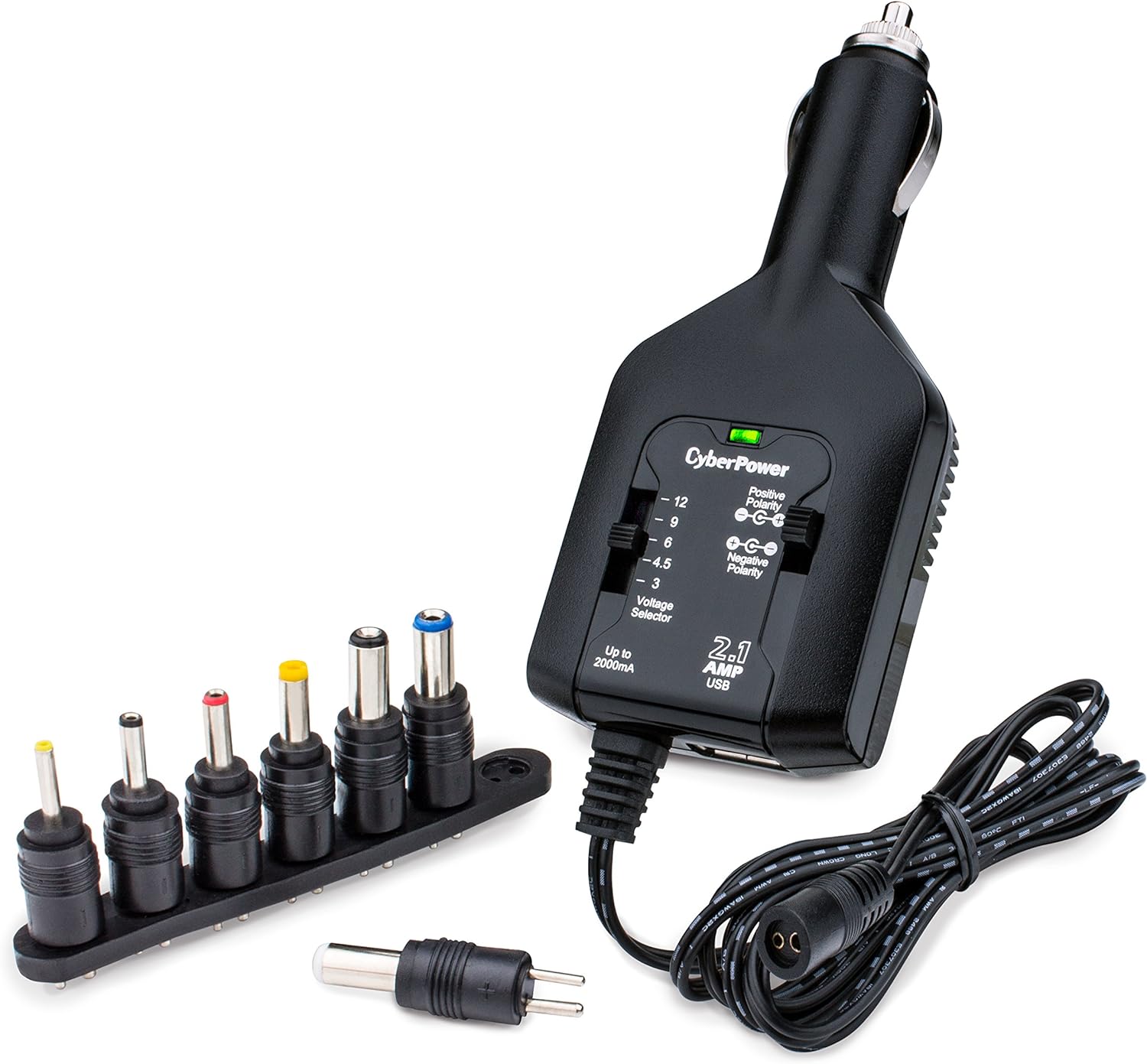Lasivian
Member
Like most things the answer to me is, "it depends".
Some things take a lot of computer power. Video editing, CAD design if you have a 3D printer, if your work needs a computer, if you like computer games, etc. (Personally I run a high end Laptop, a wired LAN and a 4-drive NAS, but I am way abnormal, lol)
However this is overkill for most users. You should determine what level of computing you *need* and size your power system accordingly.
Some things take a lot of computer power. Video editing, CAD design if you have a 3D printer, if your work needs a computer, if you like computer games, etc. (Personally I run a high end Laptop, a wired LAN and a 4-drive NAS, but I am way abnormal, lol)
However this is overkill for most users. You should determine what level of computing you *need* and size your power system accordingly.




























































